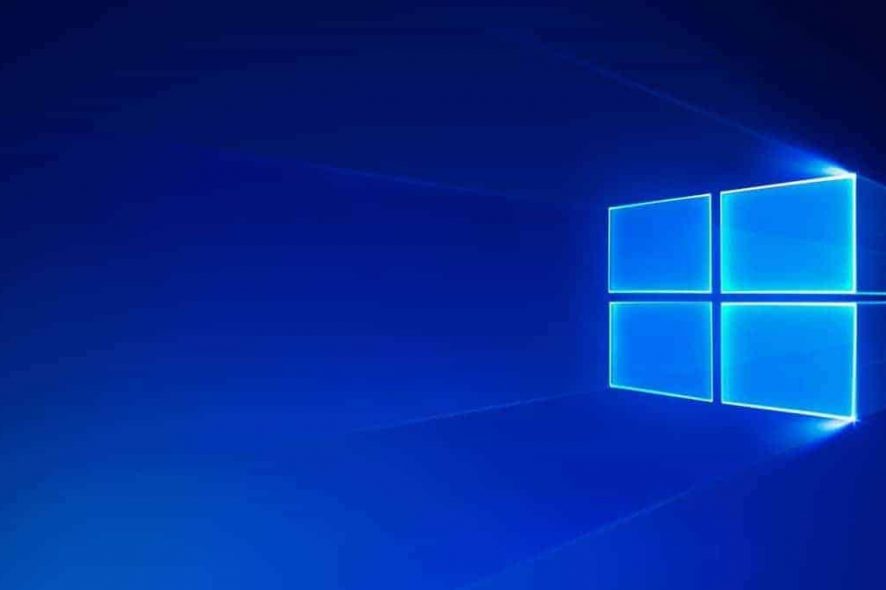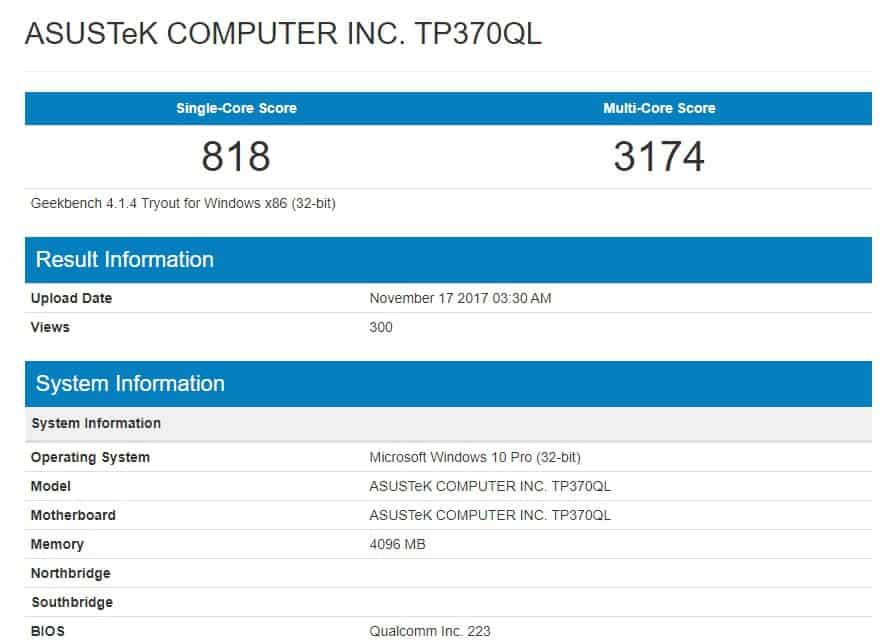Benchmarks for ASUS laptop powered by Windows 10 on ARM leaked
2 min. read
Published on
Read our disclosure page to find out how can you help Windows Report sustain the editorial team Read more

Microsoft’s plans to release a few devices that will be running ARM chipset. In other words, we can expect a bunch of ARM-based laptops from a variety of OEMs this holiday season.
The list of new devices includes laptops from ASUS, Lenovo, and HP and they will all be powered by Qualcomm’s Snapdragon 835 CPU, promising to finally bring the long-awaited multi-day battery life.
ASUS releases its own Snapdragon 835 laptop
According to the latest benchmarks, the Taiwanese manufacturer ASUS might end up gearing to release a 2-in-1 device powered by the Qualcomm Snapdragon 835 CPU and running Windows 10.
The laptop is also known as ASUS TP370QL, and it recently popped up on Geekbench.
ASUS TP370QL specs and features
The laptop includes 4GB of RAM, and it comes with Octa-core SoC on board, and this is most likely to be the Snapdragon 835. The benchmarks don’t reveal the complete set of specs and features for this laptop. All they unveil are details regarding the memory and chipset.
The operating system will be Windows 10 Pro (32-bit). The memory is 4096 MB, and the base frequency will be 2.21 GHz.
ASUS TP370QL vs. the already leaked HP laptop
If we make a comparison between the ASUS TP370QL and the HP laptop that was recently leaked, it’s safe to say that these two have almost the same specifications.
The HP laptop comes with 128GB Universal Flash Storage and 256GB UFS storage. On the other hand, both devices come with 4GB RAM, and they also include the same Qualcomm Snapdragon 835 chipset.
Both laptops obviously look quite promising, and we’re looking forward to seeing the ARM-based laptops as soon as possible. This is more likely to happen in CES or during MWC 2018.
RELATED STORIES TO CHECK OUT:










